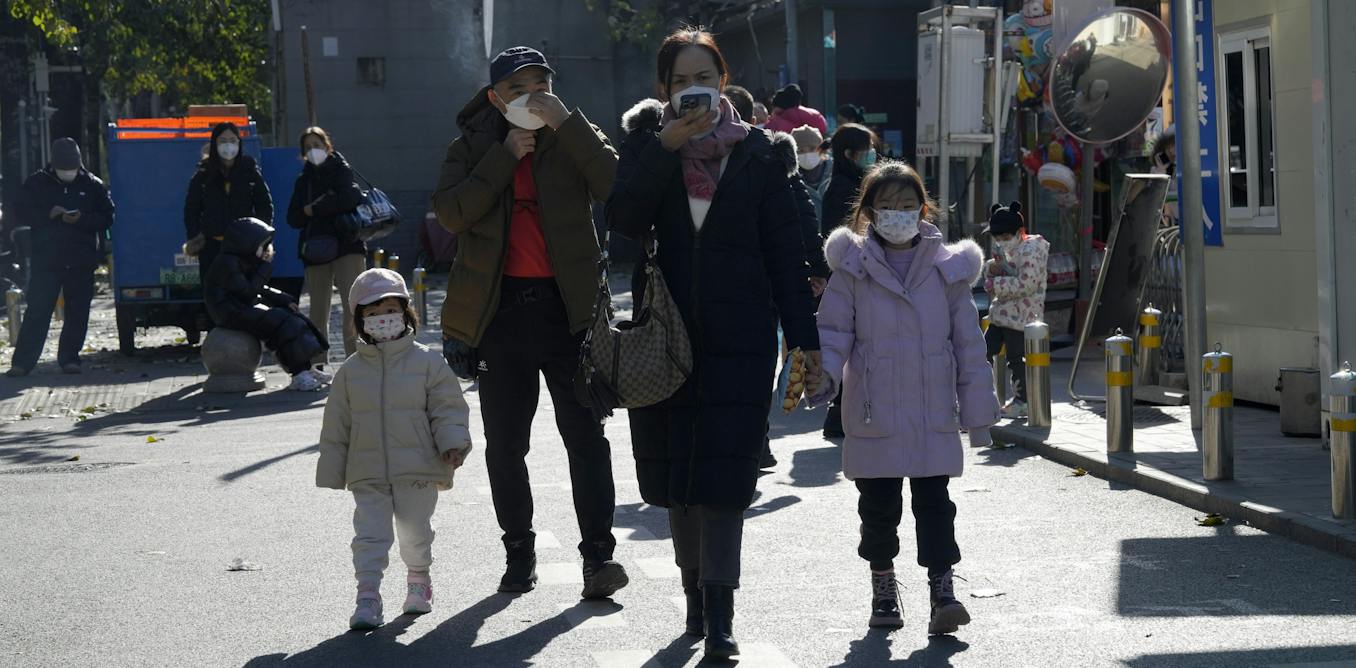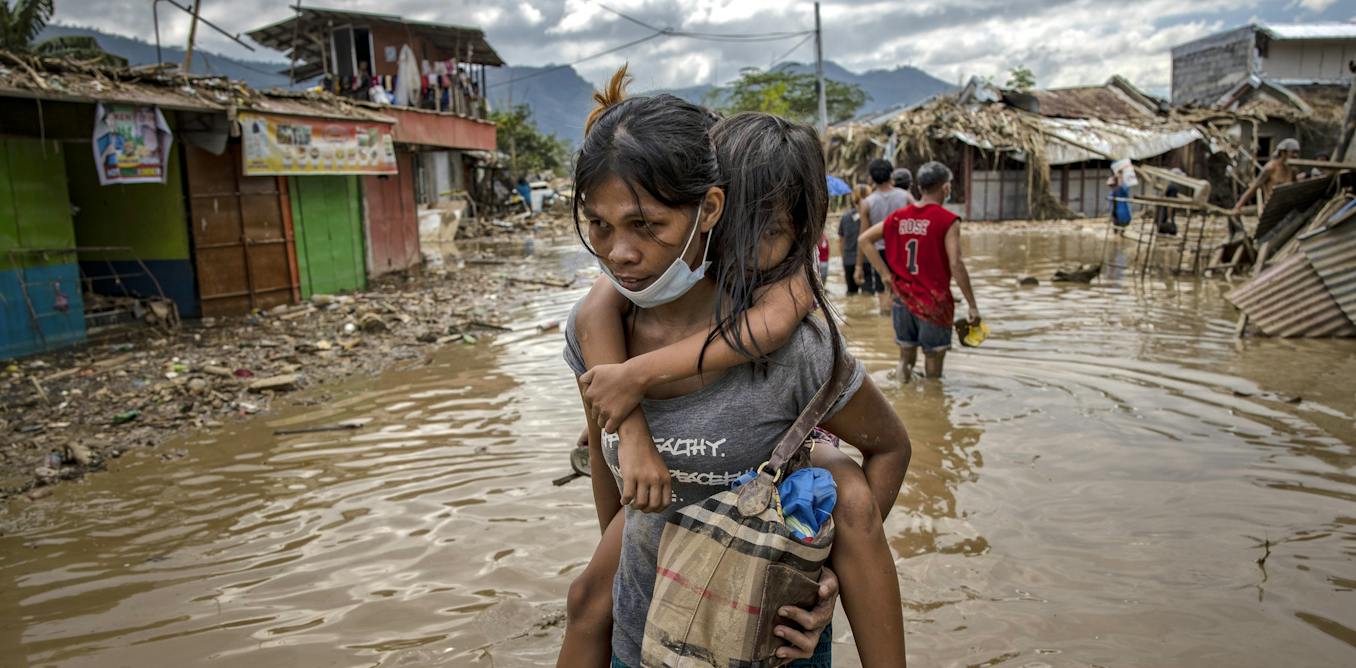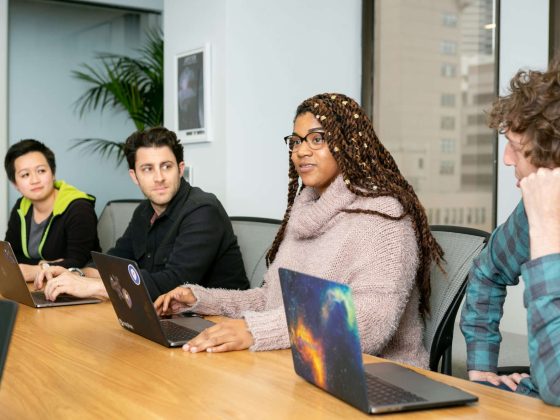C Raina MacIntyre, UNSW Sydney; Ashley Quigley, UNSW Sydney; Haley Stone, UNSW Sydney, and Rebecca Dawson, UNSW Sydney
Reports of a surge in pneumonia-like illness primarily affecting children in northern China have captured our attention. The last time we heard about a mysterious respiratory outbreak leading to overcrowding in hospitals was the beginning of the COVID pandemic, so it’s not entirely surprising this has caused some alarm.
On November 22 the World Health Organization requested information from China about this surge. Chinese health authorities have since said the outbreak is due to a number of respiratory pathogens.
So what are the pathogens possibly causing this uptick in respiratory illness? And do we need to be concerned that any have pandemic potential? Let’s take a look.
Mycoplasma
One is a bacteria, Mycoplasma, which has been causing outbreaks of respiratory illness in China since June this year.
Mycoplasma is usually treated in the community with antibiotics and hospitalisation is not common. It can lead to a phenomenon called “walking pneumonia”, which is when the chest x-ray looks much worse than the patient appears.
In Taiwan, however, reports have suggested there’s a high level of antibiotic resistance to Mycoplasma, which may explain why it’s causing more hospital admissions.
Influenza
Influenza fell to very low levels during the first two years of the COVID pandemic due to masks, physical distancing and other measures. But once things began to return to “normal”, flu infections have tended to bounce back.
Influenza is most severe in children under age five and the elderly, so may be contributing to hospitalisations among children.
RSV and adenovirus
Respiratory syncytial virus (RSV) can also be severe in children, and like influenza, all but disappeared during the first two years of the pandemic. But it’s now circulating widely.
Adenovirus, which can cause a range of syndromes including gastroenteritis and a flu-like illness, has also been reported as contributing to the current outbreak in China. There are reports of children vomiting and pictures of children receiving IV fluids, presumably for dehydration as a result of gastroenteritis.
The role of COVID
SARS-CoV-2, the virus that causes COVID, can also cause pneumonia, but less so in children. Early in the pandemic, we knew SARS-CoV-2 could show pneumonia on a chest scan in asymptomatic children, so COVID too can cause “walking pneumonia” in kids.
SARS-CoV-2 causes more deaths in children than influenza, so likely is contributing to the overcrowding seen in hospitals.
Some research suggests SARS-CoV-2 may also result in immune dysfunction after the infection, which may explain the unexpected rise of other infections, including streptococcal infections and Mycoplasma, since the pandemic.
Co-infections
People can become infected with SARS-CoV-2 and other bacteria or viruses at the same time, which may also explain the severity of the current epidemic. One study showed co-infection with SARS-CoV-2 and Mycoplasma is very common and results in more serious complications.
Could it be a new pandemic?
The below figure shows reports of outbreaks of unspecified influenza-like illness and pneumonia, together with known causes influenza A and B, SARS-CoV-2, RSV, pertussis (whooping cough), adenovirus and Mycoplasma. It confirms an increase in respiratory illnesses this year in China compared to the same time last year.
In contrast, the same comparison for the world shows a decrease this year compared to last year, which tells us China is indeed experiencing more respiratory illness than expected.
If no known cause for this surge had been identified, that would give us greater cause for concern. But several have been identified, which gives us confidence we are not dealing with a novel virus.
The virus we are most worried about with pandemic potential is avian influenza, which may mutate to become easily transmissible in humans. China has been an epicentre of avian flu in the past, but the spread of H5N1 has shifted to the Americas, Europe and Africa.
Still, this year, China has reported multiple human cases of various avian flu strains, including H3N8, H5N1, H5N6 and H9N2. With large and continual outbreaks in birds and mammals, there is a greater likelihood of mutations and mixing of bird and human influenza genetic material, which could lead to a new pandemic influenza virus.
The threat of new viruses is increasing, and pandemic potential is greatest for viruses spread by the respiratory route and which are severe enough to cause pneumonia. There is no indication that the current situation in China is a new pandemic, but we should always identify and pay attention to undiagnosed pneumonia clusters. Early warning systems give us the best chance of preventing the next pandemic.![]()
C Raina MacIntyre, Professor of Global Biosecurity, NHMRC Principal Research Fellow, Head, Biosecurity Program, Kirby Institute, UNSW Sydney; Ashley Quigley, Senior Research Associate, Global Biosecurity, UNSW Sydney; Haley Stone, PhD Candidate, Biosecurity Program, Kirby Institute, UNSW Sydney, and Rebecca Dawson, Research Associate, The Kirby Institute, UNSW Sydney
This article is republished from The Conversation under a Creative Commons license. Read the original article (https://theconversation.com/how-worried-should-we-be-about-the-pneumonia-outbreak-in-china-218514).










